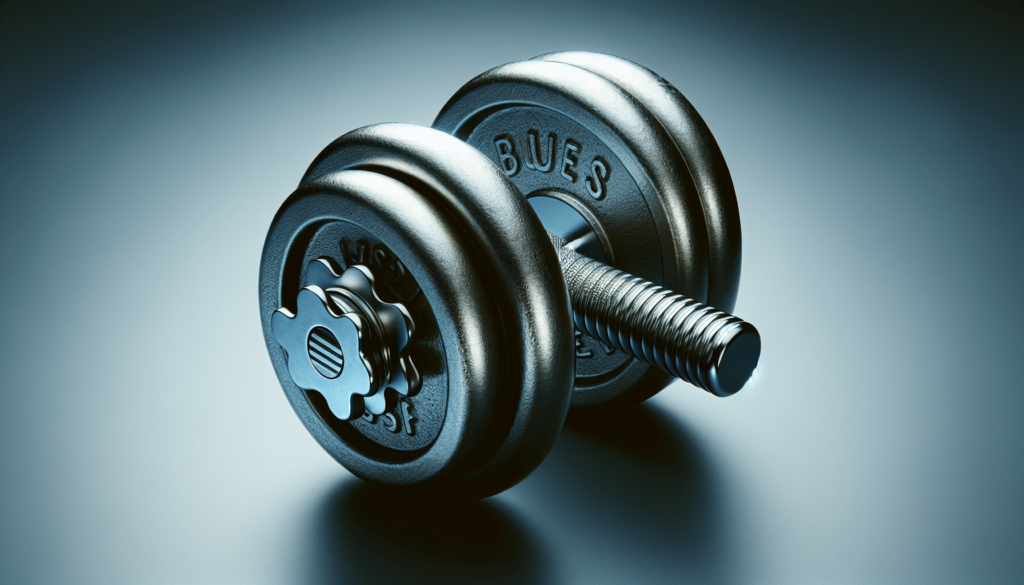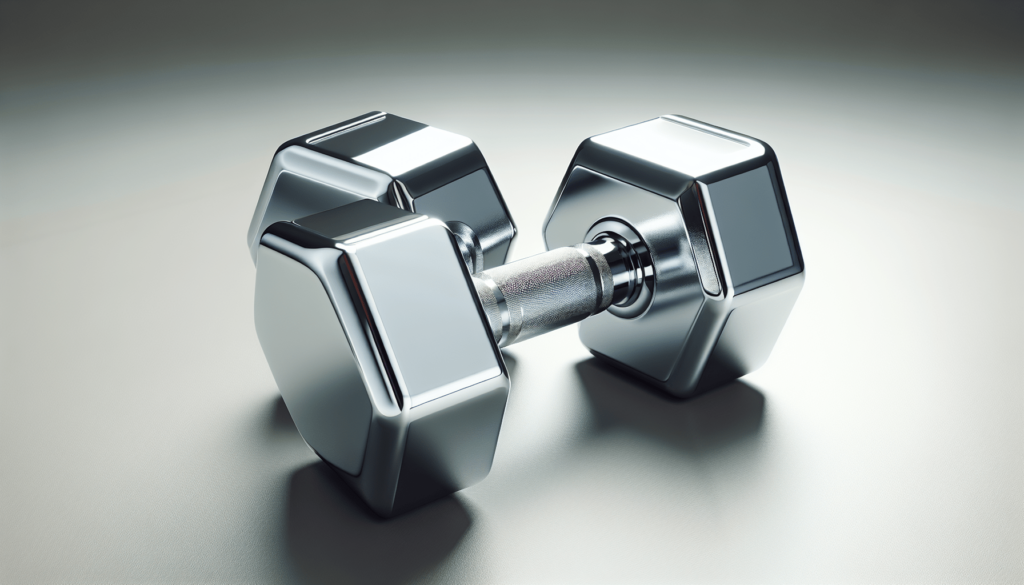Diving into the world of weightlifting can be both exciting and a bit daunting. But worry not — mastering the correct way to lift weights is a crucial step towards achieving your fitness goals while minimizing the risk of injury. In this article, we’re going to break down the techniques and tips that will help you lift weights properly. From the importance of posture and grip to understanding the right number of repetitions and sets, we’ve got you covered. Get ready to empower yourself with the know-how to enhance your strength training routine safely and effectively! Are you curious about how to lift weights properly to maximize your gains without causing any injuries? You’re not alone! Many enthusiasts, regardless of their level of experience, often ponder whether there’s a right way to handle those dumbbells and barbells. Let’s break it down and ensure you’re on the best path to achieving your strength training goals safely and effectively.
Understanding the Basics of Weight Lifting
Before you even think about grabbing a weight, it’s important to understand what weight lifting actually involves. Weight lifting, also known as weight training or strength training, involves using resistance to induce muscular contraction, which builds the strength, anaerobic endurance, and size of skeletal muscles.
Why Lift Weights?
Lifting weights isn’t just about bulking up. It has a multitude of benefits including improving your metabolism, increasing bone density, and enhancing joint flexibility. Moreover, it boosts your stamina and contributes to better overall health by helping manage chronic conditions such as back pain, arthritis, heart disease, depression, and diabetes.
Types of Weight Lifting Exercises
Weight lifting can be categorized broadly into two types: isolation exercises and compound exercises.
- Isolation Exercises: These exercises target one specific muscle group at a time. Examples include bicep curls, tricep extensions, and leg extensions.
- Compound Exercises: These involve multiple muscle groups and joints. Examples are squats, deadlifts, and bench presses.
Understanding these categories will help you effectively plan your workout routines depending on your fitness goals.
Preparing to Lift Weights
Before you dive into lifting weights, setting a solid foundation is crucial. This includes understanding your workout space, preparing your body, and knowing the gear you need.
Choosing the Right Environment
Make sure you have enough space to move around safely. An area free of clutter and potential hazards is essential to prevent injuries. If you’re at a gym, be mindful of others around you and the equipment you use.
Essential Gear for Lifting
While you don’t need a lot of fancy equipment to start lifting weights, certain basics will enhance your performance and safety:
- Weightlifting Shoes: These provide better stability and grip than regular sneakers.
- Gloves: To protect your hands and improve your grip.
- Weightlifting Belt: Useful for heavy lifting, it helps to stabilize your spine.
Warm-ups Are Crucial
Never underestimate the importance of warming up. A good 5-10 minutes of light aerobic activity like jogging or rope skipping followed by dynamic stretches can significantly reduce the risk of injury.

The Correct Technique for Common Exercises
Ensuring you’re performing each exercise correctly is crucial, not only to prevent injuries but also to maximize your training outcomes. Here’s how you can get it right.
Squats
- Position your feet shoulder-width apart.
- Keep your back neutral, chest up, and knees aligned with your feet.
- Lower yourself as if you are sitting back into a chair until your thighs are parallel to the floor.
- Push back up through your heels to the starting position.
Bench Press
- Lie back on a bench with your eyes under the bar.
- Grasp the bar with a grip slightly wider than shoulder-width.
- Bring the bar directly over your chest with your arms straight.
- Lower the bar slowly until it touches your mid-chest.
- Press the bar back to the starting position.
Deadlifts
- Stand with your feet hip-width apart with the barbell above your feet.
- Bend at your hips and knees and grab the bar with a shoulder-width grip.
- Lift your chest and straighten your lower back.
- Lifting the bar, pull your hips forward and stand up.
- Lower the bar to the ground by bending your hips and controlling the descent.
Common Mistakes to Avoid
While learning the correct way to perform weight lifting exercises, it’s just as crucial to know what not to do.
Lifting Too Much Too Soon
It’s exciting to see progress, but lifting too heavy before you’re ready is a common route to injury. Always focus on form before increasing the weight.
Neglecting Body Signals
Pain is your body’s way of signaling that something is wrong. Ignoring these signs can lead to serious injuries. Be attentive and act accordingly if you feel unusual pain.
Skipping Recovery
Rest and recovery are as vital as the workouts themselves. Muscles need time to repair and grow. Make sure you’re not weight training the same muscle groups on consecutive days.

Advanced Lifting Techniques
As you grow more comfortable and experienced with weight lifting, you might want to explore advanced techniques to challenge yourself further and keep your gains coming.
Drop Sets
Perform a set of an exercise until you can’t do any more reps, then reduce the weight and continue to lift for more reps until you reach failure again.
Supersets
This involves doing two exercises back-to-back with no rest in between. Typically, the exercises work different muscle groups.
Pyramid Sets
Increase or decrease the weight with each set, climbing up or down in a pyramid pattern. This helps in building endurance and strength.
Putting It All Together: Creating Your Routine
Understanding how to lift correctly is one thing, but creating a routine that facilitates your personal goals is another. Here’s a basic structure:
- Choose Your Split: Decide how you’ll divide your workouts. Common splits include upper/lower body, push/pull/legs, or full body.
- Frequency: Determine how many days per week you can realistically and safely lift weights.
- Volume and Intensity: Consider how many sets and reps you will do for each exercise based on your goals and the principles of progressive overload.
Remember, the key to effective weight lifting is consistency combined with proper form and technique. By paying attention to your body and striving for gradual improvement, you’ll ensure not only better performance but also long-term health and fitness. Now, go ahead and enjoy the rewarding journey of weight lifting, equipped with the right knowledge and techniques!
